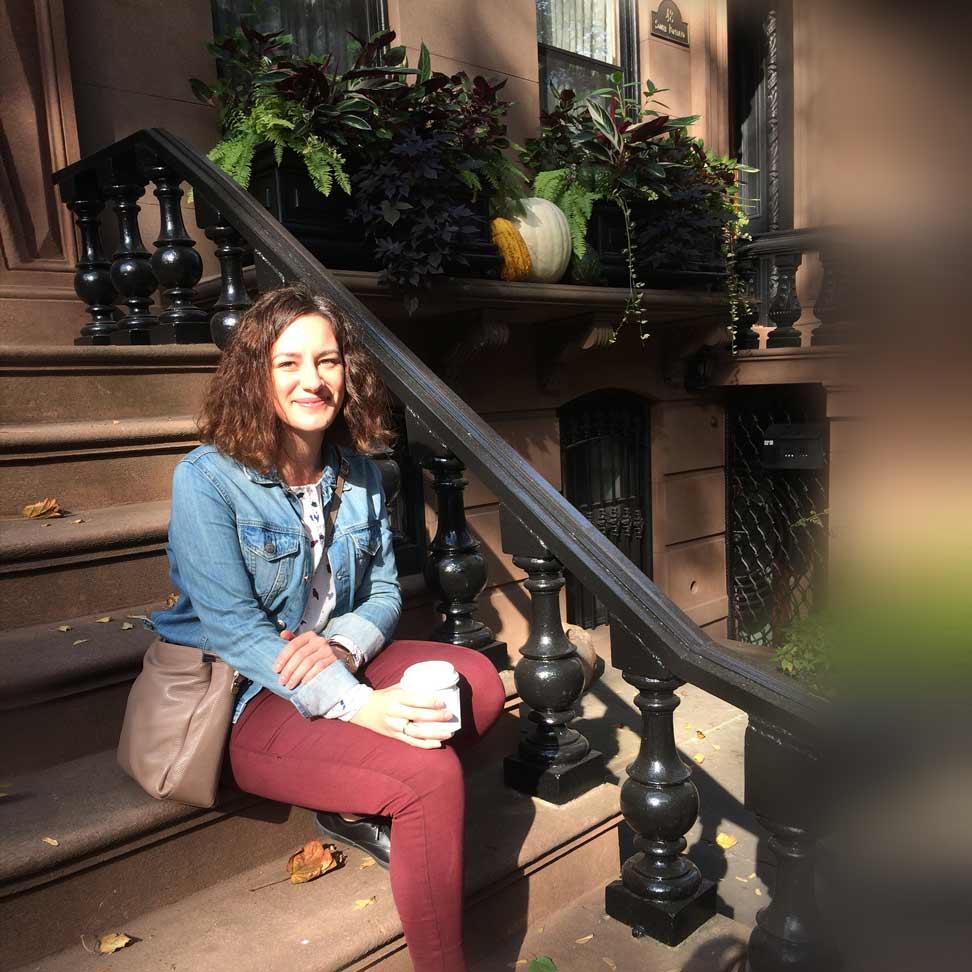The Canary Islands are not exactly off the beaten path. Most people think of touristy resorts and overcrowded beaches. Yet, as with most places, there is more than meets the eye. Join us as we explore the unseen parts of the Canaries!
In order to do this, we’ve enlisted seasoned travel writer and destination expert Andrea Montgomery to prepare a five-part series uncovering the hidden treasures of these paradise islands. Based in the Canary Islands, Andrea specialises in hiking and dining, on and off the beaten track, and writes all about it on her Buzztrips website.
With Tenerife, Gran Canaria and Lanzarote already covered, we’re looking at Fuerteventura. Once covered in forests, the red earth and volcanic cones that now dominate the island’s surface morph from crimson to burnished gold as the sun moves across the sky. This is an epic, biblical landscape where windmills dominate the skyline, goats outnumber people and sand dunes are like exiles from the vast desert across the sea.
Find a flight to Fuerteventura and start exploring.
Between the extremes
The majority of Fuerteventura’s visitors head to the Corralejo sand dunes or the endless beaches of Jandia, missing out the island’s cultural and geographic gems that lie in-between.
One such gem is the island’s capital. Originally named Puerto de las Cabras (Goats’ Port) because it was the main trade centre for the island’s goats, Puerto del Rosario became the capital in 1860. Completely bypassed by visitors, the town has a quiet charm, crowd-free beaches and a quirky sculpture trail with more than 100 sculptures.
With its coast dogged by pirate attacks, Fuerteventura’s original capital of Betancuria was set inland, in the most fertile part of the island. Today the picturesque town is one of the most popular destinations on the island. Spend a morning browsing its cobbled streets, artisan shops and the Archaeological Museum before enjoying a tapas lunch in the shady courtyard of restaurant Bodegón Don Carmelo.
If visiting Betancuria whets your appetite to see more of Fuerteventura’s culture and traditions, visit La Alcogida Ecomuseum where seven houses chronicle the living conditions of the families who called this home until the 1970s. The houses vary in size and quality, from simple farmer abode to the relative comfort of the middle-class accommodation. It’s a fascinating insight into a traditional way of life on the island.
Fuerteventura is so reminiscent of biblical landscapes, it’s featured in Ridley Scott’s epic film Exodus: Gods and Kings which chronicled Moses’s escape from Egypt. Stand-out among the filming locations is the Barranco de las Peñitas Ravine, formed when magma trapped beneath the ground created plutonic rocks which, over time, eroded so their surface became polished and alabaster in appearance. An easy walk leads to the tiny chapel Ermita de Rio Palmas, completely hidden within the ravine’s folds.
An unexpected landscape
Venture away from the coastline and you’ll uncover some of Fuerteventura’s surprises, not least, its Barbary squirrels which many visitors mistake for chipmunks. Introduced from Africa in 1965, a single pair escaped their cage and set up home in the rocky landscape. Today there are around 300,000.
At Mirador Risco de Las Peñas, the coach tours stop to admire the views over a valley of volcanic cones. But the views are upstaged by the cheeky Barbary squirrels that scamper up and down the cliffside. If you want to see the squirrels without the crowds, climb to the rim of Calderón Hondo outside Lájares where, as well as looking down into a 70m deep crater, you’ll find a small army of Barbary squirrels hoping you’ve come armed with biscuits.
Another prominent player in the landscape is aloe vera and you’ll see vast fields of yellow flowering stems rising above a sea of red spikes. Fuerteventura’s arid climate and long sunshine hours provide the perfect growing conditions for it. Long prized for its health and beauty-enhancing properties, the majoreros (natives of Fuerteventura) reckon their aloe vera is the best in the world. You can buy organic products from outlets across the island or directly from growers such as Savimax in Valles de Ortega.
On an island whose very name means ‘strong winds’, it shouldn’t come as any surprise to see nature’s energy being harnessed. Used to grind the corn to make ‘gofio’, a roasted flour which has been a staple of the majorero diet for over five centuries, windmills are a common feature of Fuerteventura’s skyline. At the Los Molinos Interpretation Centre in Tiscaminita, you can learn about the different designs of windmills on the island and see first-hand how they work. Much more surprising is the sight of Aermotor Chicago windmills which are more redolent of a Texas ranch than the Canaries. These Rolls Royces of the windmill world were introduced last century and are used to extract water from underground wells.
More goats than people
There were already some 60,000 goats on Fuerteventura when the Spanish Conquistadors arrived in 1402 and today there are estimated to be somewhere in the realm of 140,000, considerably more than the population which was less than 107,000 at the 2012 census. Every year, around the plains of Jandia, the free-roaming goats are rounded up to be counted, branded, castrated, and traded at a dusty and noisy affair known as the ‘apañada’.
The most common goat you’ll see is the Cabra Majorera, bred predominantly for its milk which produces the island’s award-winning Maxorata cheese. At Finca Pepe in Betancuria, you can visit the goat farm, and sample and buy cheeses as well as taste a strange concoction known as goat’s milk liqueur – definitely an acquired taste. Of course, after you’ve oohed and aahed over the cute kids, you may not be too keen to try eating the ‘cabrito’ (goat meat) which is a shame as it’s very good, especially at the Restaurant Centro Cultural in Pájara. Also worth a detour is La Cabra Nostra in Tuineje, a small restaurant with a menu almost exclusively goat-based including such exotic oddities as goat lasagne.
Where the lost wolves live
Nestling in soft sand by the side of a lagoon the colour of liquid sapphire, three monk seals lie, their big eyes staring blankly into the distance, their bodies cold. These stone effigies are a poignant reminder of the colony of sea wolves (also called monk seals) that once swam and fed in the waters that surround Isla de Lobos (Wolves Island), the island that took its name from them. A short ferry ride from the busy resort of Corralejo, Los Lobos is like a microcosm of Fuerteventura. A protected nature reserve where, in winter, barely a handful of people live. The island is completely unspoilt, beautifully tranquil and a delight to wander around. A single path follows the coastline from the ferry port in El Puertito to the lighthouse which looks out over neighbour island Lanzarote. With 130 plant species to keep an eye out for, plenty of birds to watch and the Montaña La Caldera cone to climb, make time to detour to the lovely Playa de la Calera to stroke the stone head of the ‘wolves’ before you leave.


